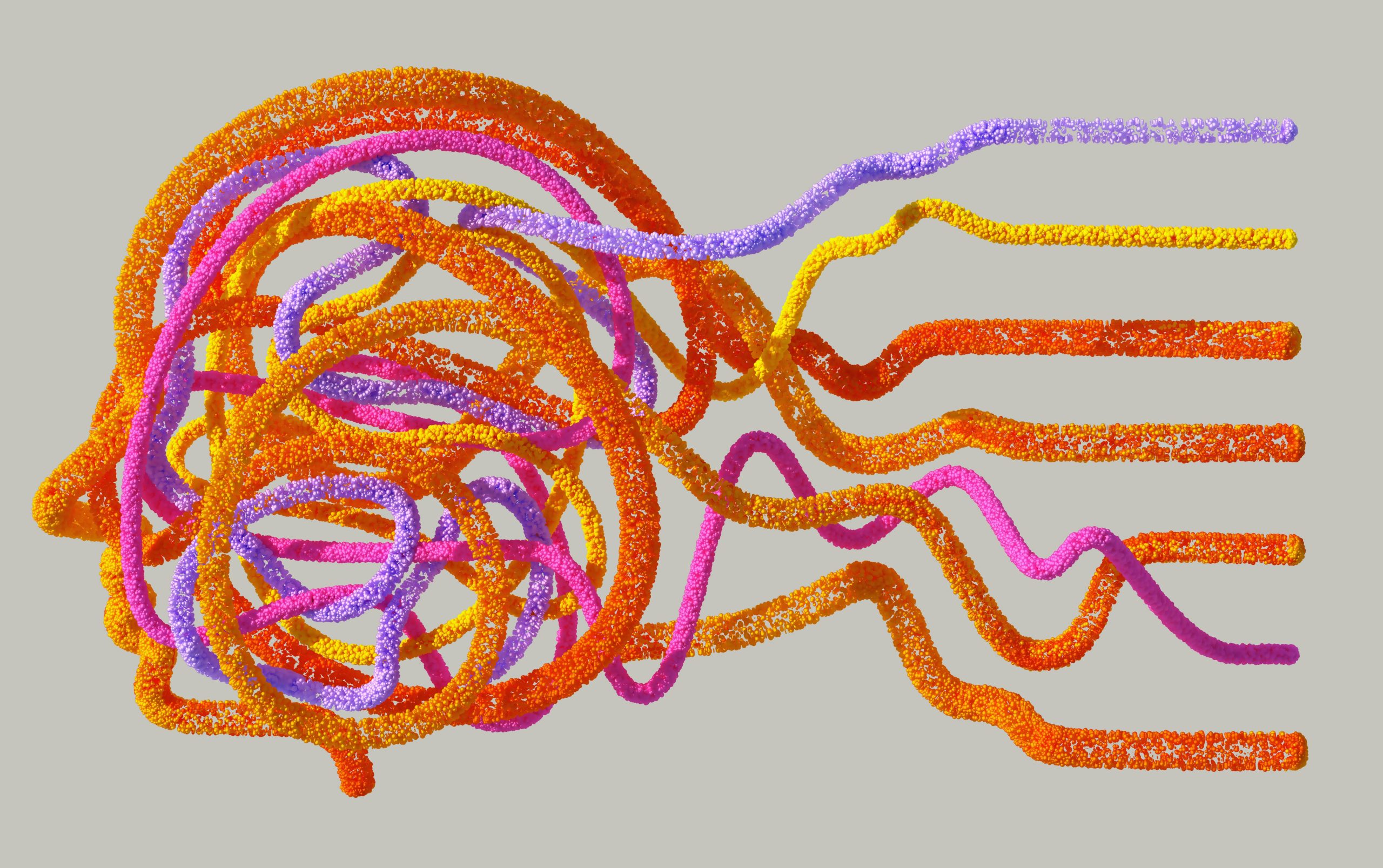You want a digital twin, right? What are digital twins and how are they shaping the future of innovation? The combination of digital twins and generative AI (gen AI) represents a pivotal moment. These powerful tools have distinct roles but are complementary in ways that can transform how organizations operate, innovate, and compete. Generative AI can streamline the creation and use of digital twins, while digital twins can validate and refine generative AI outputs. Together, they create synergies that reduce costs, accelerate implementation, and unlock greater value than either could achieve independently.
The Rise of Digital Twins and Generative AI
Digital twins are virtual representations of assets, systems, or processes that simulate real-world conditions to optimize decision-making. They allow organizations to test scenarios, predict events, and refine strategies in a risk-free digital environment. Industries ranging from manufacturing to healthcare have embraced digital twins to improve efficiency, optimize resource allocation, and enhance operational resilience.
Generative AI, on the other hand, uses algorithms to create content—including text, images, simulations, and code. It’s revolutionizing business processes by enabling automation, accelerating innovation, and synthesizing large datasets into actionable insights. Gen AI’s adaptability ensures its impact grows as new applications emerge.
Each technology has already demonstrated significant potential across industries, but their integration could redefine the limits of innovation. Research suggests that 75% of large organizations are investing in digital twins to scale AI-driven solutions, and combining the two technologies could unlock trillions of dollars in economic value globally.
How Generative AI Elevates Digital Twins
Digital twins require extensive data, robust models, and dynamic simulations to deliver value. Generative AI can enhance these capabilities in several transformative ways.
Accelerating Digital Twin Development
Creating a digital twin often involves complex modeling and extensive coding, which can take months to complete. Generative AI simplifies this process by automating code generation through large language models (LLMs). For instance, graph-based LLMs like GNN-LM and TextGNN can design foundational digital twin models, which developers can then customize for specific use cases.
This approach could lead to the development of universal digital twin frameworks, allowing organizations to adapt pre-built models rather than starting from scratch. In applications like smart cities, generative AI could integrate traffic systems, utilities, and environmental data into cohesive simulations that predict urban interactions and outcomes.
Enhancing Data Management and Augmentation
Digital twins rely on vast amounts of real-time data, which can be challenging to process efficiently. Generative AI enables advanced data embedding techniques that compress and transfer data without losing essential information. In manufacturing, for example, gen AI can organize unstructured data such as maintenance logs and videos, allowing digital twins to analyze patterns, identify anomalies, and recommend predictive maintenance strategies.
Additionally, generative AI can generate synthetic data to fill gaps in training datasets. For example, if historical records lack information about specific equipment failures, gen AI can create synthetic scenarios to help digital twins identify and respond to those failures in the future.
Improving Interfaces and Accessibility
Digital twins often generate complex datasets that require expertise to interpret. Generative AI, particularly multimodal LLMs like GPT-4V or Gemini, can simplify this process by serving as a natural language interface for digital twins. Users can interact with digital twins by asking questions or requesting insights in plain language, making these systems accessible to non-technical users.
For instance, a supply chain manager could use generative AI to simulate potential disruptions or optimize delivery routes without needing advanced technical skills. This streamlined interaction enhances decision-making and broadens the adoption of digital twin technology across organizations.
Validating Generative AI Outputs
While generative AI excels at creating content and synthesizing data, it can struggle with accuracy, particularly in applications constrained by physical laws or operational limits. Digital twins provide a controlled environment where generative AI outputs can be tested and refined.
For example, when gen AI generates code for industrial equipment, a digital twin can simulate its performance to ensure it meets predefined safety and efficiency parameters. This iterative process strengthens generative AI’s reliability and ensures it aligns with real-world conditions.
The Symbiotic Relationship Between Digital Twins and Generative AI
The relationship between these technologies is inherently symbiotic. Digital twins provide generative AI with structured, contextualized data, enhancing the quality of its inputs and outputs. In turn, generative AI accelerates the deployment and usability of digital twins by automating complex processes and generating actionable insights.
This dynamic unlocks advanced capabilities such as predictive modeling and scenario analysis. For instance, digital twins can simulate “what-if” scenarios to refine generative AI’s predictions, moving beyond retrospective analysis to proactive decision-making. These feedback loops ensure both technologies continuously improve, driving greater accuracy, efficiency, and value.
Challenges and Risks in Integration
While the potential benefits are immense, integrating digital twins and generative AI comes with challenges. Generative AI models can introduce inaccuracies or biases, particularly if they rely on incomplete or low-quality data. These risks are amplified in industries handling sensitive information, such as healthcare or finance.
Organizations must address these issues by building robust frameworks for data security, ethical AI use, and continuous model validation. This includes assessing third-party tools for compliance, monitoring outputs for accuracy, and ensuring that digital twins and generative AI systems operate on high-quality data. Regular training and updates are essential to maintain performance and adapt to evolving challenges.
Ethical concerns, particularly around data privacy, also require attention. Generative AI tools must be designed to respect privacy regulations and minimize risks related to personally identifiable information. Establishing clear principles and fostering a culture of responsible AI use can help mitigate these risks while maximizing value.
Unlocking New Possibilities
The integration of digital twins and generative AI has the potential to revolutionize industries. By improving scalability, accessibility, and affordability, this partnership empowers innovative organizations to stay ahead of the competition. For those lagging behind, it offers an opportunity to catch up by leveraging advanced technologies to drive transformation.
This combined approach can redefine how organizations approach everything from supply chain management to urban planning. In logistics, for example, digital twins equipped with generative AI could optimize delivery routes, forecast demand, and streamline inventory management in real-time. Similarly, in healthcare, the combination could improve patient outcomes by simulating treatment plans and predicting disease progression.
As these technologies evolve, their impact will continue to expand. Forward-thinking organizations that invest in integrating digital twins and generative AI today will be well-positioned to capitalize on their transformative potential. By combining the strengths of these powerful tools, businesses can unlock new opportunities, drive innovation, and create lasting value in an increasingly complex world.


